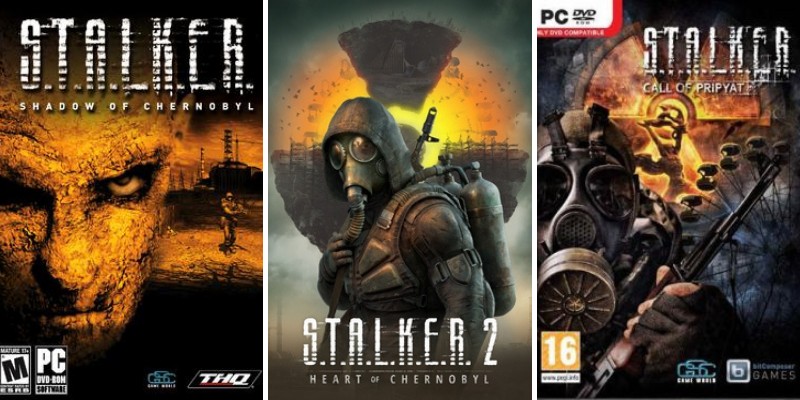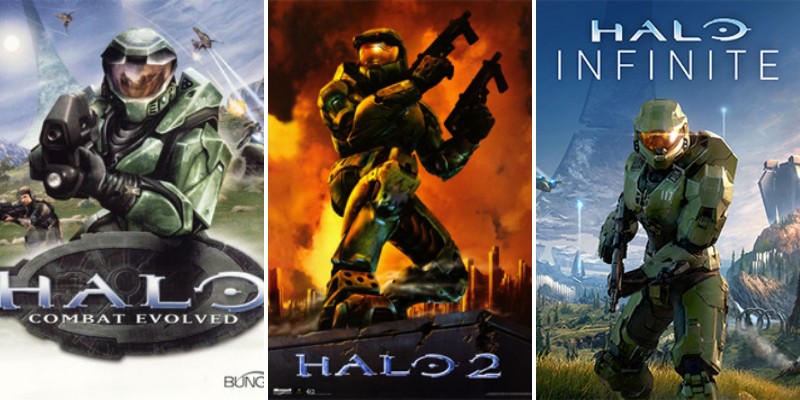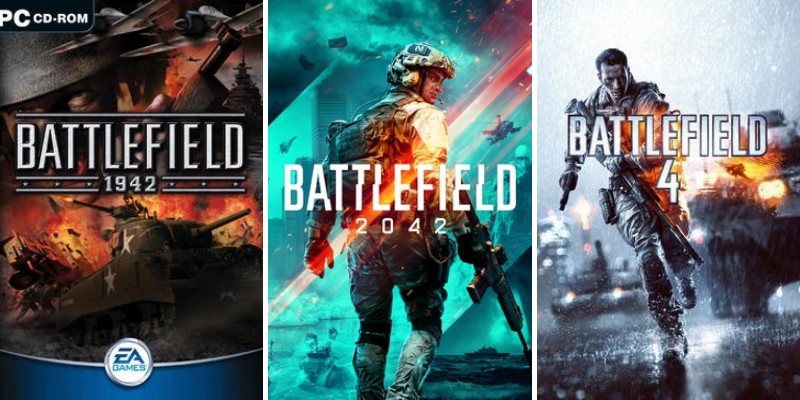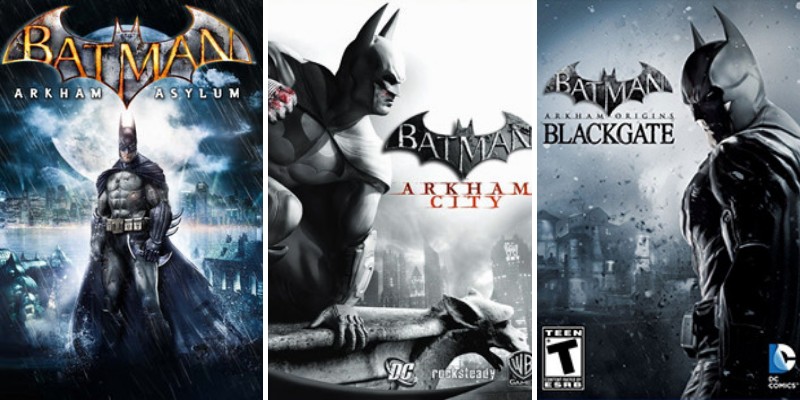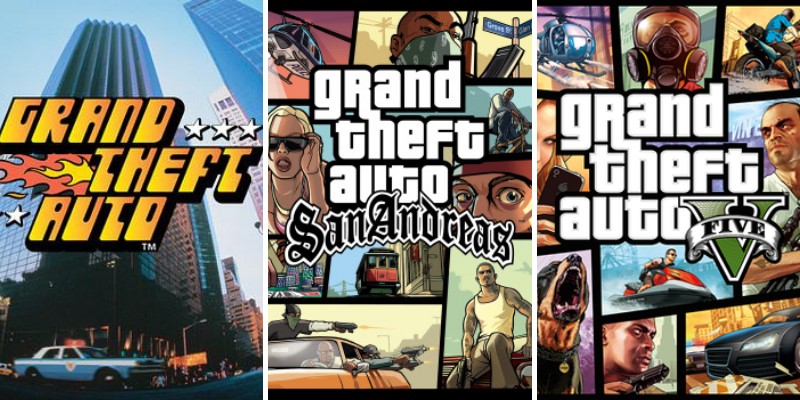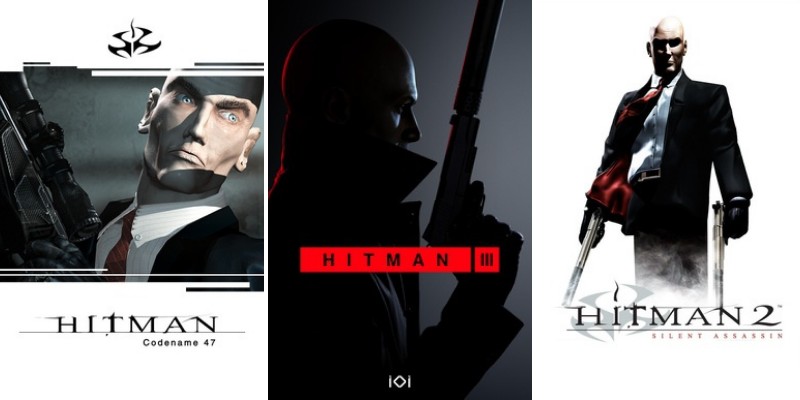Splinter Cell is one of the best stealth series to ever grace video game consoles. One of the many games to come from the general Tom Clancy IP factory, this Ubisoft series put players in the shoes of stealthy agent Sam Fisher as he went after various threats around the globe.
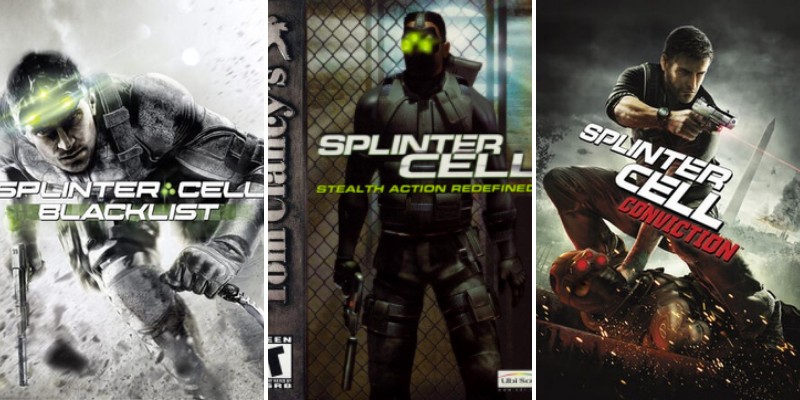
What’s notable about the series is that it neither focused on combat early on, nor was it about memorizing patrol routes; instead, the series asked players to think on their feet and use their environments to avoid detection.
If you’re interested in the series, it definitely makes sense to look at the games in their release order.
Let’s discuss the major Splinter Cell games in order of release below:
1) Tom Clancy’s Splinter Cell (2002)
Originally an Xbox exclusive, Splinter Cell redefined what a stealth game could look like on consoles.
The game would soon prove popular enough to make its way to the Playstation 2 and GameCube, opening up the audience for a game that’s gone on to be recognized as one of the overall best stealth games ever made.
What’s impressive, though, is how much this game has gone on to inspire not only the rest of its own series but also many other games.
Splinter Cell saw players take on the role of Sam Fisher as he undertook a series of tasks for the NSA.
The game was largely innovative for how it handled stealth – rather than just focusing on sightlines and noise, the game required players to pay attention to light and shadow.
To help players in their missions, Fisher would be able to move in ways that were uncommon for video games at the time. His ability to silently move and position himself out of sight would help to create the basic stealth loop of the series.
2) Tom Clancy’s Splinter Cell: Pandora Tomorrow (2004)
When Pandora Tomorrow came to the Xbox and Playstation 2, there was a definite sense that the game was taking pains not to break something that worked perfectly fine as it was.
While most sequels go out of their way to tweak the formula of the original game, it feels like the main point of Pandora Tomorrow as to further refine a kind of gameplay that already functioned well.
For the most part, Pandora Tomorrow can be thought of as more of the same when it comes to how it plays.
Sam Fisher picks up some new missions and a handful of new moves, but nothing that makes a huge difference. Instead, players are treated to enemies with better AI and missions that feel a little deeper than what took place in the first game.
The end result is a video game that might not get the accolades for being revolutionary like the original game, but still one that was a huge hit with the series’ fanbase.
3) Tom Clancy’s Splinter Cell: Chaos Theory (2005)
If Pandora Tomorrow was a game that was all about being more of the same, Chaos Theory was a game of wild changes.
While Sam Fisher’s mission on Xbox and Playstation 2 was still one of stealth, the game became bloodier and darker along the way.
Gone were the days of an alert leading to an automatic mission failure, but players would now face enemies that were more apt to spot Sam than those in the past.
With new features like sound meters and close-quarters-combat, Chaos Theory was the first game in the series to feel like it was evolving into something new.
The biggest place in which changes could be seen was in multiplayer. While Pandora Tomorrow had a Spies versus Mercenaries mode, Chaos Theory featured several more robust versus modes as well as a fantastic cooperative campaign.
Players would be able to not only go toe to toe against the competition in the new modes, but really push the limit of what type of stealth movements could occur when two players were available instead of just one.
With a solid single-player campaign supporting an excellent set of multiplayer excursions, it’s no wonder that Chaos Theory is still remembered fondly by most players of the series.
4) Tom Clancy’s Splinter Cell: Essentials (2006)
Splinter Cell: Essentials was the big Splinter Cell spin-off for the Playstation Portable. Unfortunately, the major selling point of being able to play the series on the go wasn’t enough to hide the fact that this game just didn’t stand up to the amazing standards that had been set by the original series.
In fact, Essentials could arguably be seen as the first in a number of stumbles that would see the Splinter Cell series lose much of its prestige.
The biggest problem with this game was the Playstation Portable itself. The lack of a second joystick made it hard to play the game, while the lack of extra buttons made it harder for players to use gadget and pull of stealth moves.
This, combined with a story that killed off beloved characters and that seemed much more threadbare than what was seen in the series previously, made it tough to fall in love with the game. Simply put, Essentials was anything but essential to fans of the series.
5) Tom Clancy’s Splinter Cell: Double Agent (2006)
Splinter Cell: Double Agent is a game that stands out because it’s really two different game.
One version was released for the then-current Xbox 360 and Playstation 3, while another was released for the Xbox, Playstation 2, Wii, and Gamecube.
The two versions have similar stories but play very differently, with the version meant for more powerful consoles using an all-new engine. The end result was divisive to say the least.
Double Agent picked up a few plot points from Essentials, but largely ignored that game. Instead, Sam finds himself working as a double agent to take down a domestic terrorist group from the inside.
Though stealth is still a big part of the gameplay here, it’s far more action-oriented than in previous titles. Those who played on more modern consoles were also given multiple endings depending on the choices they made in the game, a first for the series.
Double Agent also had a co-op campaign on the newer consoles that tied into the main campaign, as well as a Mercs vs.
Spies mode on all consoles. While players responded fairly positively to the game, it was still a far cry from what players had come to expect from the series.
6) Tom Clancy’s Splinter Cell: Conviction (2010)
Conviction is perhaps the best example of how far a game can stray from its origins and still be recognizably part of the same series.
Released first for the Xbox 360, Conviction picked up after Double Agent but separated itself from the rest of the series by moving away from the stealth roots that had brought it so much success.
Primarily an action game, Conviction allowed players to take control of a Sam Fisher who relied more on movement and shooting than his trust night vision goggles in order to take on bigger threats than ever before.
What’s amazing about Conviction is that it somehow still feels like a Splinter Cell game even though it has virtually none of the trappings of the series.
Instead, players get new tools like Mark and Execute to take down enemies quickly and quietly, while mechanics like Last Known Position replace hiding in shadows as a primary way to manipulate guards and enemies.
Though a very different game than what many were expecting from the series, Conviction was given incredibly high scores by critics and players alike.
7) Tom Clancy’s Splinter Cell: Blacklist (2013)
Blacklist is a game about design compromises. It’s got a lot in common with its direct predecessor, of course, but the developers took to hearth the complaints of those players who missed the stealth-oriented gameplay of the older entries in the series.
The end result is that this game, which was available on the Xbox 360, Playstation 3, and Wii U, attempted to walk a fine line between the modern and foundational games. The final result turned out better than most might expect.
Blacklist allowed players to undertake missions either stealthily or with the high-adrenaline combat introduced in Conviction.
Players could make use of gadgets and weapons in order to build up a body count, or they could sneak through levels while using Fisher’s classic goggles and movement.
In either case, players were treated to a game that really molded itself to their preferences. This, combined with a return to Mercs vs. Spies multiplayer and a solid-if-forgettable co-op campaign, certainly made it feel like Splinter Cell was still in a place where it would keep going for many years to come. Unfortunately for fans, though, this would be the last entry in the series for a decade.
8) Tom Clancy’s Splinter Cell: Omega Protocol (future)
It’s hard to say why Splinter Cell went away. The final entry in the series was a reasonably high seller and got great reviews, and players have been calling for the series to return every time a new generation of consoles has been released.
For whatever reason, though, Splinter Cell has remained dormant as other Tom Clancy IPs like Rainbow Six and Ghost Recon have received multiple new games.
The only thing we really know about Omega Protocol is that it will be the first VR entry in the series’ history.
Designed only for Oculus, we don’t know if players will take on the role of Sam Fisher again or if there will be a new protagonist. The only thing that’s certain so far is that players will get to visit some iteration of the Splinter Cell universe in the relatively near future.
Image Credits
The image may be obtained from Microsoft Game Studios and Ubisoft, Fair use, https://en.wikipedia.org/w/index.php?curid=8570985
The box/cover art can or could be obtained from Ubisoft., Fair use, https://en.wikipedia.org/w/index.php?curid=39900194
By “X10 Press Kits”. xbox.com. Microsoft. 11 February 2010. Archived from the original on 7 March 2010., Fair use, https://en.wikipedia.org/w/index.php?curid=26625821
